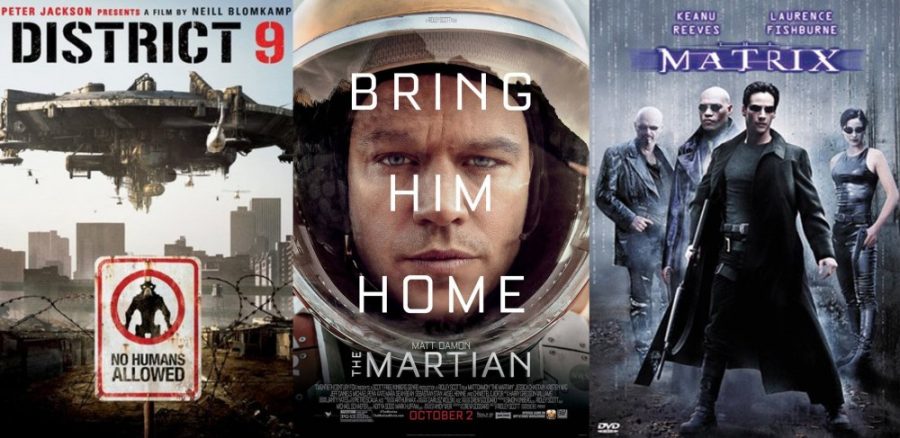Summer is a prime time for movies of all genres, but 2017 has already been a big year for science fiction movies. So far, this summer saw “War for the Planet of the Apes,” “Alien: Covenant” and “Valerian and the City of a Thousand Planets”ring up millions of dollars, and introduce viewers to thrillingly advanced worlds.
STEM faculty at the University of Arizona were asked what their favorite sci-fi movies of all time were. Below is a list of their choices, including a little information about the reality of the science depicted within the films, as well as their cultural importance.
“Science fiction films, of course, often posit advances in science in the future and dire consequences for the future based on projected changes in the environment and technology,” said Jeff Greenberg, a UA psychology professor. “In addition, sci-fi films often project current issues like prejudice, terrorism and immigration into future settings, and thus portray psychological processes that contribute to these.”
Be prepared for some spoilers as we explore science fiction’s permeance through science, culture and the film world alike.
RELATED: Review: James Ponsoldt’s ‘The Circle’ fails in every way imaginable
“The Martian” (2015)
This film follows astronaut Mark Watney, who is left behind on Mars during a mission, and his subsequent efforts to remain alive until his team was able to rescue him.
“I look at images of Mars most days, so ‘The Martian’ was a cool movie for me,” said Shane Byrne, an associate professor and assistant department head within the department of planetary sciences and the lunar and planetary laboratory.
Much of the film’s conflict may be derived from its outer space setting, but Byrne pointed out that there are several engineering issues that contributed to the plot.
“I really liked the dust storm scenes where he started to notice it only because his solar chargers weren’t working very well anymore,” Byrne said.
He also said the part when Watney scavenged the Martian landers for spare parts was a favorite scene.
While the book provided more details on what the main character needed to do to survive and went into greater depth about the science involved, the movie was enjoyable and featured fun special effects.
“The Matrix” (1999)
A cultural phenomenon, “The Matrix” focused on a man named Neo who discovered his world might be nothing more than an illusion. Full of intense action scenes, philosophical discussions and special effects that rival the latest films, “The Matrix” was arguably one of the most influential films in the history of cinema.
The movie wasn’t just an excellent example of illustrating futuristic technology. Neo’s journey out of the Matrix also drew parallels to modern day illusions about society and people’s place in it.
RELATED: STEM collaboration tackles student career readiness
“We are raised thinking that that our way of viewing and living in the world is the only way and the right way, and other cultural worldviews are wrong and illusionary,” Greenberg said. “In fact, we are all living within our own culture’s matrix.”
By taking the infamous red pill, Neo left behind the culture and society he knew and ventured out to learn more about the world.
“District 9” (2009)
“District 9” took place in an alternate history where aliens landed in South Africa and were immediately placed into an internment camp. It explored the experimentation and racism the aliens endured at the hands of a fearful human military. The psychological effects were shown in great detail.
“This remarkable film portrays what might happen if an alien race landed in South Africa, and in doing so, it shows the human tendency toward fear of what is different and toward prejudice, as the aliens are confined to a ghetto, misunderstood and mistreated,” Greenberg said. “The film also portrays the sustaining value of love, something psychology has certainly revealed in many ways.”
Other films lauded by STEM faculty included the original “Planet of the Apes,” “Star Trek” and “Passengers.”
Science fiction movies include the word “fiction” for a reason. Oftentimes, the science and logic they depict are unrealistic and more geared toward advancing a plot than depicting accurate science.
However, this isn’t always a bad thing, as noted by Alfred McEwen, director of the Planetary Image Research Lab and a UA professor in planetary sciences, who cited “The Martian” and “Star Trek” as two of his favorite science fiction movies.
“I don’t mind that science fiction contains actual fiction, and that some of the science is unrealistic, as long as it isn’t just plain stupid,” McEwen said.
Follow Nicole Morin on Twitter









